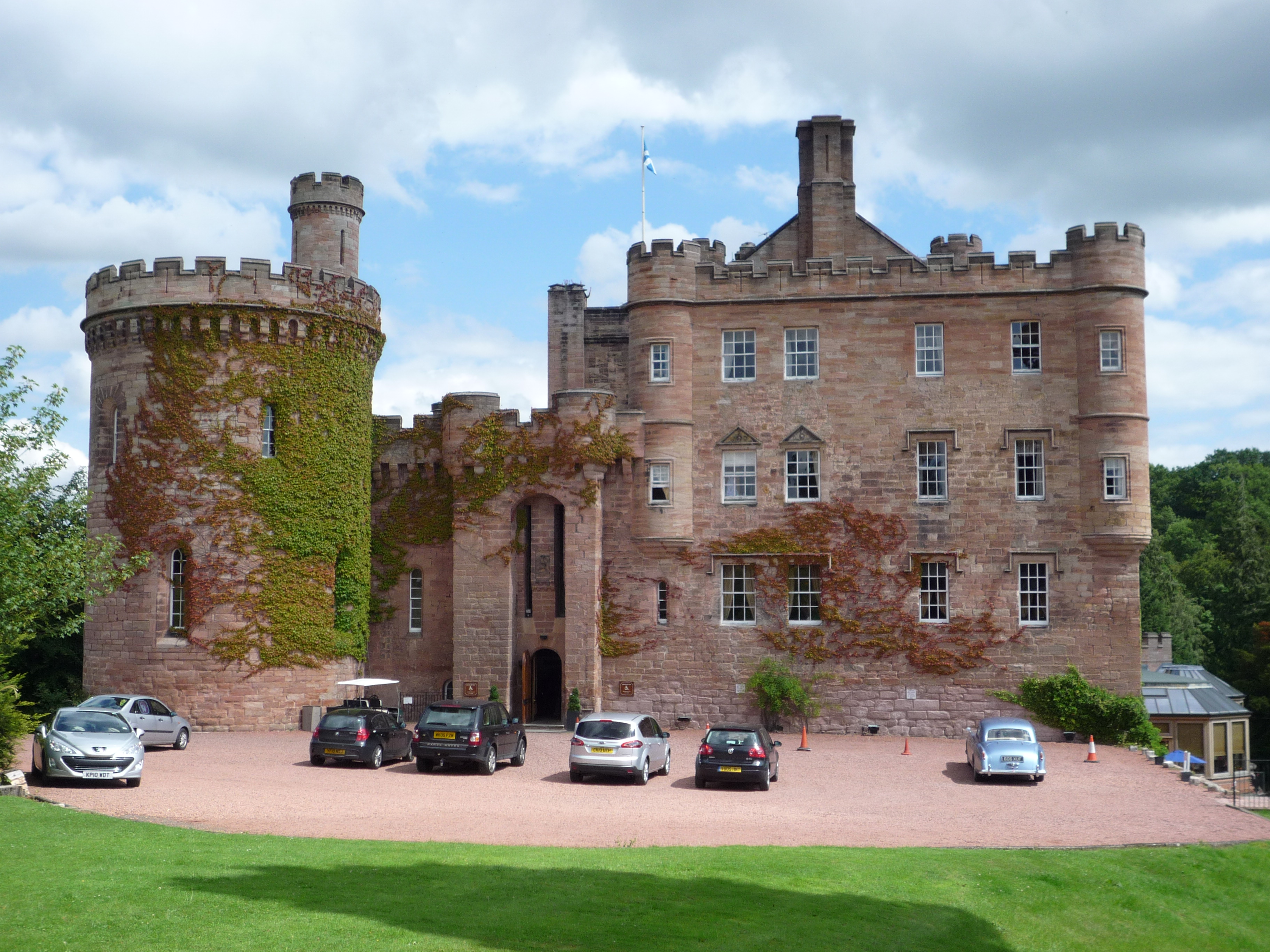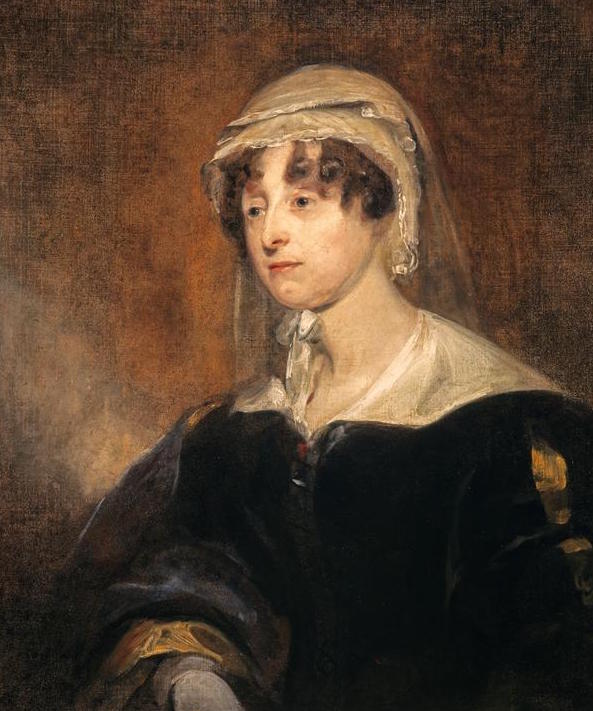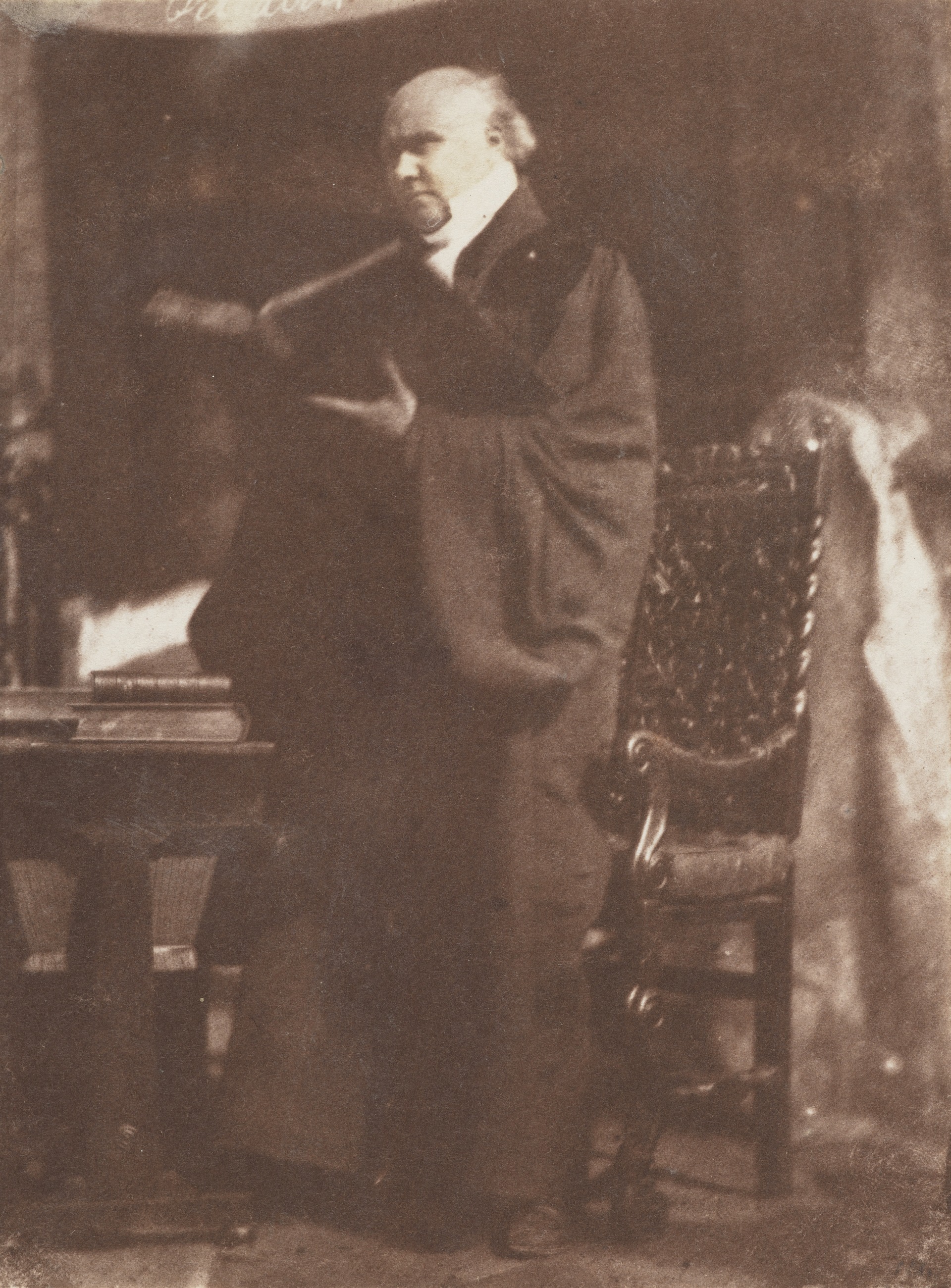|
Cockpen
Cockpen is a parish in Midlothian, Scotland, containing at its north-west corner the town of Bonnyrigg, which lies south-west of Dalkeith. It is bounded on the west and north by the parish of Lasswade, on the east, by Newbattle and on the south by Carrington, Midlothian, Carrington. It extends about from north to south and its greatest breadth is about miles (4.0 km).Gazetteer of Scotland, 2nd edition, by W. Groome, publ. 1896. Article on CockpenThe Statistical Account of Edinburghshire, by the Ministers of the Respective Parishes, publ. William Blackwood and Sons, Edinburgh, 1845. Article on Cockpen The parish lies between the rivers River Esk, Lothian, North Esk and River Esk, Lothian, South Esk, which join about 2 miles north of the parish. At Lasswade the parish reaches the North Esk which at that point forms the boundary on the north-west side, such that the suburb of Westmill on the south-east bank lies in the parish of Cockpen. The South Esk briefly forms the sou ... [...More Info...] [...Related Items...] OR: [Wikipedia] [Google] [Baidu] |
The Laird O' Cockpen
''The Laird o' Cockpen'' is a song written by Carolina Oliphant, Lady Nairne (1766–1845), which she contributed anonymously to ''The Scottish Minstrel'', a six-volume collection of traditional Scottish songs published from 1821 to 1824. Much of the Scottish poetry in Carolina's time was concerned with writing genteel verses for somewhat bawdier earlier songs, and ''The Laird o' Cockpen'' is no exception, being set to the music of "O when she cam' ben she bobbit". Nairne's family and upbringing was staunchly Jacobite. In that vein, "The Laird o' Cockpen", expresses something of the Jacobite distaste for the Whiggish displays and manners of the nouveau riche in post-Union Scotland. The song has a Roud Folk Song Index number of 2859. Background Carolina Nairne was born to a Jacobite family in 1766, two years after her parents were allowed to return to Scotland from their exile in France following the defeat of the Jacobite army at the Battle of Culloden. Her grandfather, Lor ... [...More Info...] [...Related Items...] OR: [Wikipedia] [Google] [Baidu] |
Cockpen Parish
Cockpen is a parish in Midlothian, Scotland, containing at its north-west corner the town of Bonnyrigg, which lies south-west of Dalkeith. It is bounded on the west and north by the parish of Lasswade, on the east, by Newbattle and on the south by Carrington. It extends about from north to south and its greatest breadth is about miles (4.0 km).Gazetteer of Scotland, 2nd edition, by W. Groome, publ. 1896. Article on CockpenThe Statistical Account of Edinburghshire, by the Ministers of the Respective Parishes, publ. William Blackwood and Sons, Edinburgh, 1845. Article on Cockpen The parish lies between the rivers North Esk and South Esk, which join about 2 miles north of the parish. At Lasswade the parish reaches the North Esk which at that point forms the boundary on the north-west side, such that the suburb of Westmill on the south-east bank lies in the parish of Cockpen. The South Esk briefly forms the southern boundary of the parish then flows northward through the ... [...More Info...] [...Related Items...] OR: [Wikipedia] [Google] [Baidu] |
List Of Listed Buildings In Cockpen, Midlothian
This is a list of listed buildings in the parish of Cockpen in Midlothian, Scotland. List Key See also * List of listed buildings in Midlothian This is a list of listed building#Scotland, listed buildings in Midlothian. The list is split out by List of civil parishes in Scotland, parish. * List of listed buildings in Bonnyrigg And Lasswade, Midlothian * List of listed buildings in Borthw ... Notes References * All entries, addresses and coordinates are based on data froHistoric Scotland This data falls under thOpen Government Licence {{Reflist Cockpen Bonnyrigg and Lasswade ... [...More Info...] [...Related Items...] OR: [Wikipedia] [Google] [Baidu] |
Cockpen And Carrington Parish Church
Cockpen and Carrington Parish Church is located to the south of the town of Bonnyrigg in Midlothian, Scotland. It is a congregation of the Church of Scotland. The parish includes the south side of the town of Bonnyrigg (including the new housing development at Hopefield), plus the rural area to the south of the town (including the village of Carrington). The current arrangement dates from 1975, when the parish churches of Cockpen and Carrington were united (and the former Carrington Parish Church ceased to be used). The former Carrington Parish Church building was built in 1711 (and has now been adapted for use as an open plan office); until 1975 it was linked with Temple Parish Church in Midlothian (which is also now closed). Cockpen Parish Church (now Cockpen and Carrington Parish Church) was designed in 1816 by Richard Crichton and built by his apprentices R & R Dickson from 1817 to 1820, following Crichton's premature death. It is a Category A listed building and is still in ... [...More Info...] [...Related Items...] OR: [Wikipedia] [Google] [Baidu] |
Bonnyrigg
Bonnyrigg ( sco, Bonnyrigg) is a town in Midlothian, Scotland, eight miles (13 kilometres) southeast of Edinburgh city centre. The town had a population of 14,663 in the 2001 census which rose to 15,677 in the 2011 census, both figures based on the 2010 definition of the locality which, as well as Bonnyrigg and the adjacent settlement of Lasswade, includes Polton village, Poltonhall housing estate and modern development at Hopefield. The estimated population for 2018 is 18,120, the highest of any town in Midlothian. Along with Lasswade, Bonnyrigg is a twin town with Saint-Cyr-l'École, France. History Early maps of the locality show various versions of the village name. It first appears as a small hamlet on William Roy's map of c.1750 as ''Bonnebrig''. From 1763, it is called ''Bannockrigg'' or ''Bannoc Rig''. In 1817 the village is named ''Bonny Ridge'', then ''Bonny Rigg'' in 1828, ''Bonnyrig'' in 1834, ''Bonny Rig'' in 1850 until, finally, the Ordnance Survey map of 185 ... [...More Info...] [...Related Items...] OR: [Wikipedia] [Google] [Baidu] |
Thomas Pitcairn
Thomas Pitcairn (1800 – 1854) was a Presbyterian minister at Cockpen in the parish of Dalkeith. He is remembered for his being elected Clerk of the Free Church General Assembly during the early days of, the Free Church of Scotland. He was the subject of a portrait by Hill & Adamson. Early life and ministry Thomas Cairns was born at Edinburgh on 6 February 1800. His father, Alexander Pitcairn, was a merchant in Leith and Edinburgh, and was an elder in Lady Glenorchy's Chapel, where Dr Jones ministered as pastor for more than fifty years. After finishing the usual literary curriculum at college, he gave himself for a time to business, but he later abandoned this profession. He then studied for the ministry, being trained through the Edinburgh Divinity Hall he was licensed by the Presbytery to preach on 26 March 1828. While a probationer, he assisted successively Dr Stewart of Erskine, and William Thomson of Perth; and thereafter was ordained assistant and successor to Dr Grier ... [...More Info...] [...Related Items...] OR: [Wikipedia] [Google] [Baidu] |
Lasswade
Lasswade is a village and civil parish in Midlothian, Scotland, on the River North Esk, nine miles (14.5 kilometres) south of Edinburgh city centre, contiguous with Bonnyrigg and between Dalkeith to the east and Loanhead to the west. Melville Castle lies to the north east. The Gaelic form is ''Leas Bhaid'', meaning the "clump at the fort." Lasswade lies within the Edinburgh Green Belt. Most of the population is retired or commutes to Edinburgh to work. There are, however, several local businesses, including horse riding stables (Edinburgh & Lasswade Riding Centre), golf driving ranges and golf courses (Kings Acre Golf Course and Melville Golf Centre), an alpine plant nursery (Kevock Garden Plants) a pub (The Laird and Dog) and a restaurant (The Paper Mill). There is also an athletics club formed in 1981. Etymology and name The name ''Lasswade'' may be derived from the Brittonic ''*lï:s'' meaning "a court, palace administrative centre", and ''wï:δ'', "a wood" (c.f. Welsh ''ll ... [...More Info...] [...Related Items...] OR: [Wikipedia] [Google] [Baidu] |
Midlothian
Midlothian (; gd, Meadhan Lodainn) is a historic county, registration county, lieutenancy area and one of 32 council areas of Scotland used for local government. Midlothian lies in the east-central Lowlands, bordering the City of Edinburgh, East Lothian and the Scottish Borders. Midlothian emerged as a county in the Middle Ages under larger boundaries than the modern council area, including Edinburgh itself. The county was formally called the "shire of Edinburgh" or Edinburghshire until the twentieth century. It bordered West Lothian to the west, Lanarkshire, Peeblesshire and Selkirkshire to the south, and East Lothian, Berwickshire and Roxburghshire to the east. Traditional industries included mining, agriculture and fishing – although the modern council area is now landlocked. History Following the end of the Roman occupation of Britain, Lothian was populated by Brythonic-speaking ancient Britons and formed part of Gododdin, within the Hen Ogledd or Old North. In the ... [...More Info...] [...Related Items...] OR: [Wikipedia] [Google] [Baidu] |
Carrington, Midlothian
Carrington is a small, rural village in Midlothian, Scotland. It is located to the south of Bonnyrigg. The civil parish of the same name has a population of 316 (in 2011).Census of Scotland 2011, Table KS101SC – Usually Resident Population, publ. by National Records of Scotland. Web site http://www.scotlandscensus.gov.uk/ retrieved March 2016. See “Standard Outputs”, Table KS101SC, Area type: Civil Parish 1930 Church The former Carrington Parish Church (of the Church of Scotland) was built in 1710–1711. It closed for regular worship in 1975 (and has been converted into business premises). The congregation united with nearby Cockpen Church to form the current Cockpen and Carrington Parish Church Cockpen and Carrington Parish Church is located to the south of the town of Bonnyrigg in Midlothian, Scotland. It is a congregation of the Church of Scotland. The parish includes the south side of the town of Bonnyrigg (including the new housing .... Arniston House This beauti ... [...More Info...] [...Related Items...] OR: [Wikipedia] [Google] [Baidu] |
Lady Nairn
Carolina Oliphant, Lady Nairne (16 August 1766 – 26 October 1845) – also known as Carolina Baroness Nairn in the peerage of Scotland and Baroness Keith in that of the United Kingdom – was a Scottish songwriter. Many of her songs, such as, " Will ye no' come back again?", " Charlie is my Darling" , "The Rowan Tree" and " Wi' a Hundred Pipers' remain popular today, almost two hundred years after they were written. One of her songs, " Caller Herrin'", was sung at the 2021 commemoration of the 1881 Eyemouth disaster. She usually set her words to traditional Scottish folk melodies, but sometimes contributed her own music. Carolina Nairne and her contemporary Robert Burns were influenced by the Jacobite heritage in their establishment of a distinct Scottish identity, through what they both called national song. Perhaps in the belief that her work would not be taken seriously if it were known that she was a woman, Nairne went to considerable lengths to conceal her ... [...More Info...] [...Related Items...] OR: [Wikipedia] [Google] [Baidu] |
Dalhousie Castle
Dalhousie Castle is a castle in Cockpen, Midlothian, Scotland. Dalhousie Castle is situated near the town of Bonnyrigg, 8 miles (13 km) south of Edinburgh. The castle was the seat of the Earls of Dalhousie, the chieftains of Clan Ramsay. History The patriarch of the clan was Simundus de Ramesie (Simon of Ramsey), an English knight of Norman descent from the Huntingdonshire village of Ramsey. Simundus, a vassal of David, Earl of Huntingdon, followed his lord to Scotland in about 1140, when David inherited the Scottish crown. He is considered the founder of the Ramsay clan and the first to have lands at Dalwolsey. The first castle at Dalhousie was constructed by him. The red stone castle is situated in a strategic spot overlooking the River Esk. The drum tower, the oldest part of the current structure, an L Plan Castle, dates to the mid 15th century. The majority of the current castle dates to the 17th century. There was originally a dry moat surrounding the castle. Th ... [...More Info...] [...Related Items...] OR: [Wikipedia] [Google] [Baidu] |
Carolina Oliphant
Carolina Oliphant, Lady Nairne (16 August 1766 – 26 October 1845) – also known as Carolina Baroness Nairn in the peerage of Scotland and Baroness Keith in that of the United Kingdom – was a Scottish songwriter. Many of her songs, such as, " Will ye no' come back again?", " Charlie is my Darling" , "The Rowan Tree" and " Wi' a Hundred Pipers' remain popular today, almost two hundred years after they were written. One of her songs, " Caller Herrin'", was sung at the 2021 commemoration of the 1881 Eyemouth disaster. She usually set her words to traditional Scottish folk melodies, but sometimes contributed her own music. Carolina Nairne and her contemporary Robert Burns were influenced by the Jacobite heritage in their establishment of a distinct Scottish identity, through what they both called national song. Perhaps in the belief that her work would not be taken seriously if it were known that she was a woman, Nairne went to considerable lengths to conceal her ... [...More Info...] [...Related Items...] OR: [Wikipedia] [Google] [Baidu] |







